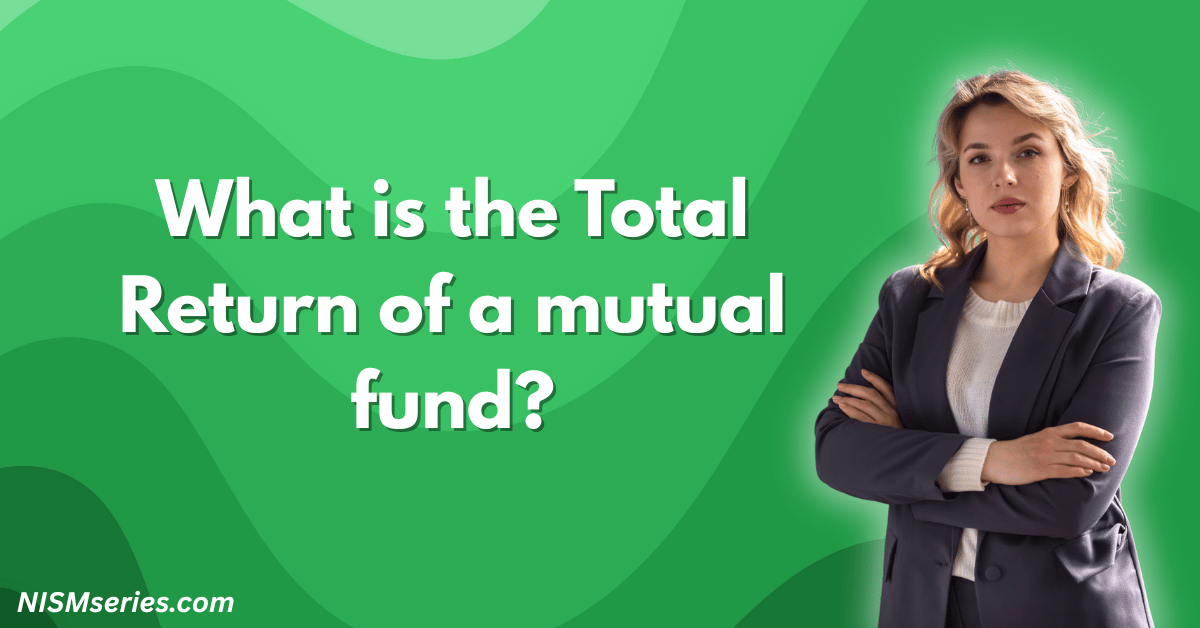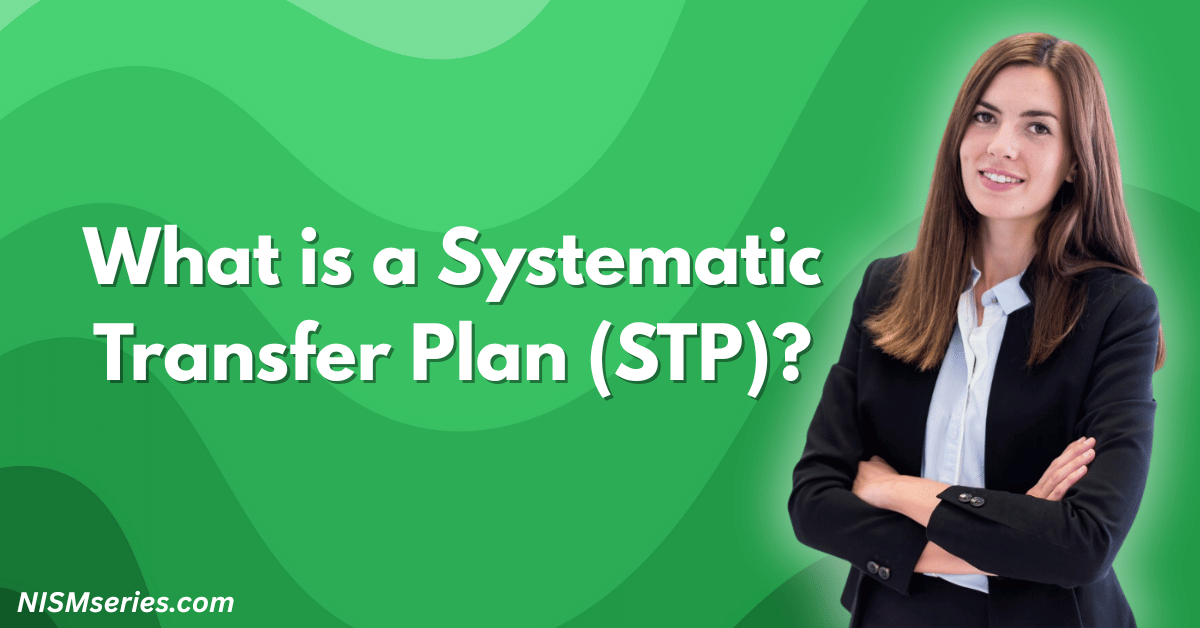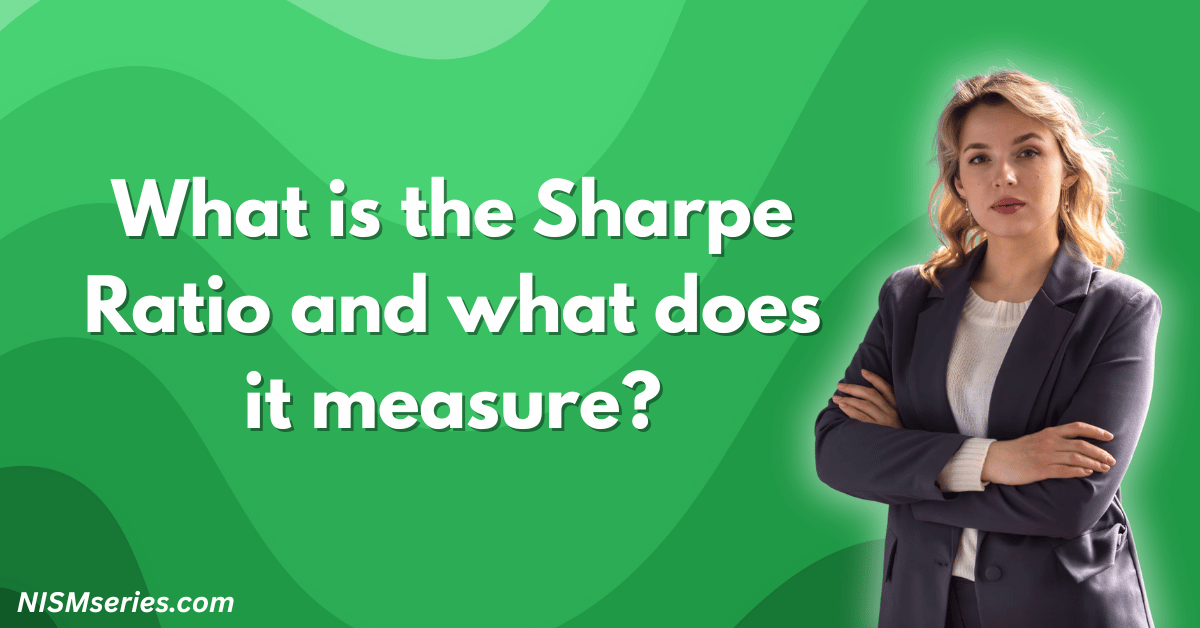A lock-in period is a set time. You cannot sell your mutual fund units during this time. This rule forces your money to stay in the fund. This protects the fund’s goals.
The lock-in period builds good habits. It forces you to stay invested when the market is bad. After the time ends, you can take out your money. There are no fees or problems.
Table of Contents
Understanding Lock-in Period Basics
Lock-in Period Meaning
The lock-in period is a safety rule. It stops you and the fund manager from making bad, emotional choices. The rule helps your money grow over a long time. It stops you from gambling with your investment.
Different funds have different lock-in rules. Some funds have no lock-in period. Others demand that you keep your money invested for years. You must know the rules before you invest.
How Does Lock-in Period Work in Mutual Funds?
The lock-in period is simple. It starts on the day you invest. If you invest one large amount, all that money is locked from that day.
Systematic Investment Plans (SIPs) work differently. Each monthly payment has its own lock-in period. For a three-year lock-in, your January payment unlocks in three years. Your February payment unlocks three years after that. Each payment has its own clock.
Purpose Behind Lock-in Period Implementation
A lock-in period is a smart tool. It makes you think long-term. This stops you from panic-selling when the market drops. This gives the fund manager a stable fund. They can then focus on growing your money.
These rules are vital for tax-saving funds like ELSS. The lock-in period proves you are a serious investor. That is why you get tax breaks.
Types of Mutual Funds with Lock-in Periods
ELSS Lock-in Period Requirements
Three-Year ELSS Lock-in Duration
Equity Linked Savings Schemes (ELSS) have a three-year lock-in period. This is a strict rule. It is the shortest lock-in for any tax-saving fund under Section 80C. The clock for each investment starts on the day you invest.
Tax Benefits During ELSS Lock-in Period
ELSS investors claim tax deductions up to ₹1.5 lakh under Section 80C. After the lock-in ends, any profit is a Long-Term Capital Gain (LTCG). The first ₹1 lakh of profit each year is tax-free. You pay a 10% tax on profit above that amount.
Solution-Oriented Scheme Lock-in Rules
Retirement Fund Lock-in Terms
Retirement funds lock your money for five years or until you retire, whichever comes first. This long time is needed because retirement is a big, long-term goal.
Children’s Fund Lock-in Specifications
Children’s funds work the same way. They have a five-year lock-in period or until your child turns 18, whichever is first. This system ensures enough money is saved for their education.
Closed-Ended Fund Lock-in Structure
Maturity-Based Lock-in Periods
With closed-ended funds, your money is locked until the fund’s end date. You can only buy these funds during the New Fund Offer (NFO). You get your money back when the fund ends.
Stock Exchange Trading Options
You can try to sell closed-ended fund units on a stock exchange. This is a bad idea. It is hard to find a buyer. You will lose money on the price.
Interval Fund Redemption Windows
Interval funds are different. You can take out money only during set time windows. These windows are open for at least two days. You must wait 15 days for the next window.
Lock-in Period Duration and Variations
Standard Lock-in Period Timeframes
Mutual funds have different lock-in times. ELSS funds have the shortest time at three years. Solution-oriented funds have a five-year lock-in period. Interval funds use special windows instead of a fixed time.
Which Mutual Funds Have No Lock-in Period?
Most open-ended funds have no lock-in rules. This gives you total freedom. Popular funds like large-cap, mid-cap, and small-cap offer full liquidity. You can sell your units any day at the current Net Asset Value (NAV).
Factors Affecting Lock-in Period Length
The length of a lock-in period depends on rules and goals. Tax-saving funds have a three-year time due to tax laws. Goal-based funds have five-year periods to match those long-term goals.
Benefits and Implications of Lock-in Periods
Long-term Investment Discipline Benefits
A lock-in period builds good investing habits. It stops you from selling during a market panic. You will avoid big mistakes. You profit when the market recovers. Staying invested longer always provides better returns.
Fund Stability and Liquidity Management
Lock-ins create a stable fund. The fund manager can invest your money better. They do not have to hold cash for scared investors. This stability improves performance.
Tax Optimization Through Lock-in Periods
The lock-in period is key to saving taxes. In ELSS funds, the three-year commitment gets you the Section 80C deduction. This proves you are invested long enough to get tax benefits while your money grows.
Post Lock-in Period Investment Options
Redemption Choices After Lock-in Expiry
After the lock-in ends, you are in control. You can take out some or all of your money. The choice depends on your financial needs. The fund becomes a normal open-ended fund.
Continued Investment Strategies
Smart investors stay invested after the lock-in period. This is the best way to see real long-term growth. You still get expert fund management with no more rules.
Partial Withdrawal Flexibility
After the lock-in, you can make partial withdrawals. This is great for meeting small goals while your money grows. It gives you total control of your finances.
FAQ
Can I withdraw money before the lock-in period ends?
No. You cannot take out money during the lock-in period. You must wait until the full time is over.
What happens to my investment after the lock-in period?
After the lock-in period ends, your fund becomes a regular open-ended fund. You have total freedom. You can sell your units, keep investing, or switch funds.
Do SIP investments have different lock-in rules?
Yes. With a SIP, each payment has its own lock-in period. The clock starts on the day of that payment. Your money unlocks in small parts over time.
Are there penalties for early lock-in period exit?
There are no penalties because you cannot exit early. The rule is final. You cannot access your money, even in an emergency.
How is the lock-in period calculated for multiple investments?
The lock-in period is tracked for each investment you make. A single investment has one timeline. SIPs create many timelines. The system tracks each one perfectly.


















